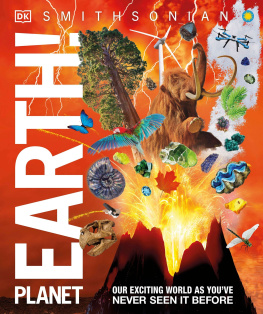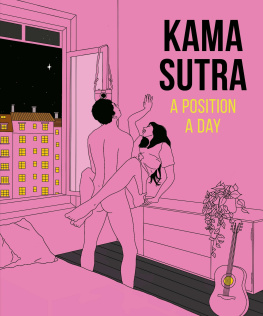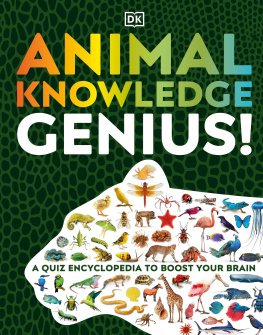DK - The DC Book
Here you can read online DK - The DC Book full text of the book (entire story) in english for free. Download pdf and epub, get meaning, cover and reviews about this ebook. year: 2021, publisher: Dorling Kindersley, genre: Romance novel. Description of the work, (preface) as well as reviews are available. Best literature library LitArk.com created for fans of good reading and offers a wide selection of genres:
Romance novel
Science fiction
Adventure
Detective
Science
History
Home and family
Prose
Art
Politics
Computer
Non-fiction
Religion
Business
Children
Humor
Choose a favorite category and find really read worthwhile books. Enjoy immersion in the world of imagination, feel the emotions of the characters or learn something new for yourself, make an fascinating discovery.
- Book:The DC Book
- Author:
- Publisher:Dorling Kindersley
- Genre:
- Year:2021
- Rating:4 / 5
- Favourites:Add to favourites
- Your mark:
- 80
- 1
- 2
- 3
- 4
- 5
The DC Book: summary, description and annotation
We offer to read an annotation, description, summary or preface (depends on what the author of the book "The DC Book" wrote himself). If you haven't found the necessary information about the book — write in the comments, we will try to find it.
DK: author's other books
Who wrote The DC Book? Find out the surname, the name of the author of the book and a list of all author's works by series.
The DC Book — read online for free the complete book (whole text) full work
Below is the text of the book, divided by pages. System saving the place of the last page read, allows you to conveniently read the book "The DC Book" online for free, without having to search again every time where you left off. Put a bookmark, and you can go to the page where you finished reading at any time.
Font size:
Interval:
Bookmark:
The origins of what came to be known as the DC Universe can be found in the wartime winter of 1940 when the publication of All-Star Comics #3 brought together the solo stars of various early DC titlesincluding original or Golden Age versions of The Flash, Green Lantern, Hawkman, and Sandman as they joined forces with stalwarts like Doctor Fate, Hourman and the Atomto form the Justice Society of America, the first Super Hero team and the first confirmation that these formerly unrelated costumed crimefighters shared not only the same coffee machine and bathroom facilities in the JSA headquarters but the same world of adventure.
So was born a fictional reality with its own colorful continuity running parallel to our own, where the appearance of the mystery men as they were known, was to change the course of history, paving the way for 1963s groundbreaking Flash of Two Worlds (The Flash #123), where the consolidation and classification of DCs expanding boundaries began with the introduction of Earth-2. Here, the discontinued heroes of the Justice Society had continued their crimebusting careers into middle age, prompting a trailblazing team-up with the young Silver Age heroes of the newly formed Justice League on Earth-1.
Hot on the heels of this enthralling conceptual escalation came Earth-3, where the Justice League equivalent was a squad of super-criminals known as the Crime Syndicate, and so on, incorporating stables of characters DC had acquired after buyouts of various other publishers like Quality Comics (Earth-X) or Fawcett (Earth-5), and Charlton (Earth-4), until a potentially infinite number of variations was implied.
The blockbuster series Crisis on Infinite Earths, published in 1985, made an epic, heroic attempt to condense the innumerable potential worlds of the DC Multiverse into one singular Earth but its hard to keep a good idea down, and slowly but surely a trickle of re-invention became a flood, a torrent of Elseworlds and pocket universes, anti-matter mirrorworlds, and sideways dimensions, so much so that the weekly series 52 from 2007 finally gave in to the inevitable restoration of what was, at first, a limited Multiverseknown as The Orrery of Worlds and featuring 52 organized universesbefore 2017s The Multiversity brought the first mention of a Multiverse-2, paving the way for the triumphant return of a truly infinite array of storytelling possibilities and twisted new worlds so that by the time of the 2020 Death Metal event series, readers had been presented with not only a nightmarish Dark Multiverse, but an even grander vision that widened the scope from multiple worlds and universes to multiple multiverses!
Faced with this busy program of renovation and redevelopment, readers new to DC or those returning to the neighborhood might be expected to find themselves overwhelmed
Enter The DC Book!
In your hands you hold an indispensable concordance of hundreds of heroes, villains, fantastic locations, alien worlds and cosmic hierarchies. In these pages you will find an essential guide to the current state of play in one of the longest-running, most densely populated fictional playgrounds in popular culture.
With a storytelling canvas so rich and wide-ranging, and characters so much larger than life that it takes an Omniverse, a Metaverse, to contain their activities, The DC Book provides an invaluable resource and a comprehensive overview, mapping and cataloguing eight decades of worldbuilding into one convenient gazetteer.
If this is your first trip to the DC Omniverse, prepare to be spellbound. If youre a regular visitor, welcome back! There may have been a few changes, some redecoration, and many new additions but The DC Book has you covered!
So put on your Power Rings, grab your Cosmic Rods, and activate those Transmatter Cubes!
Adventures await
Grant Morrison
Scotland April 2021
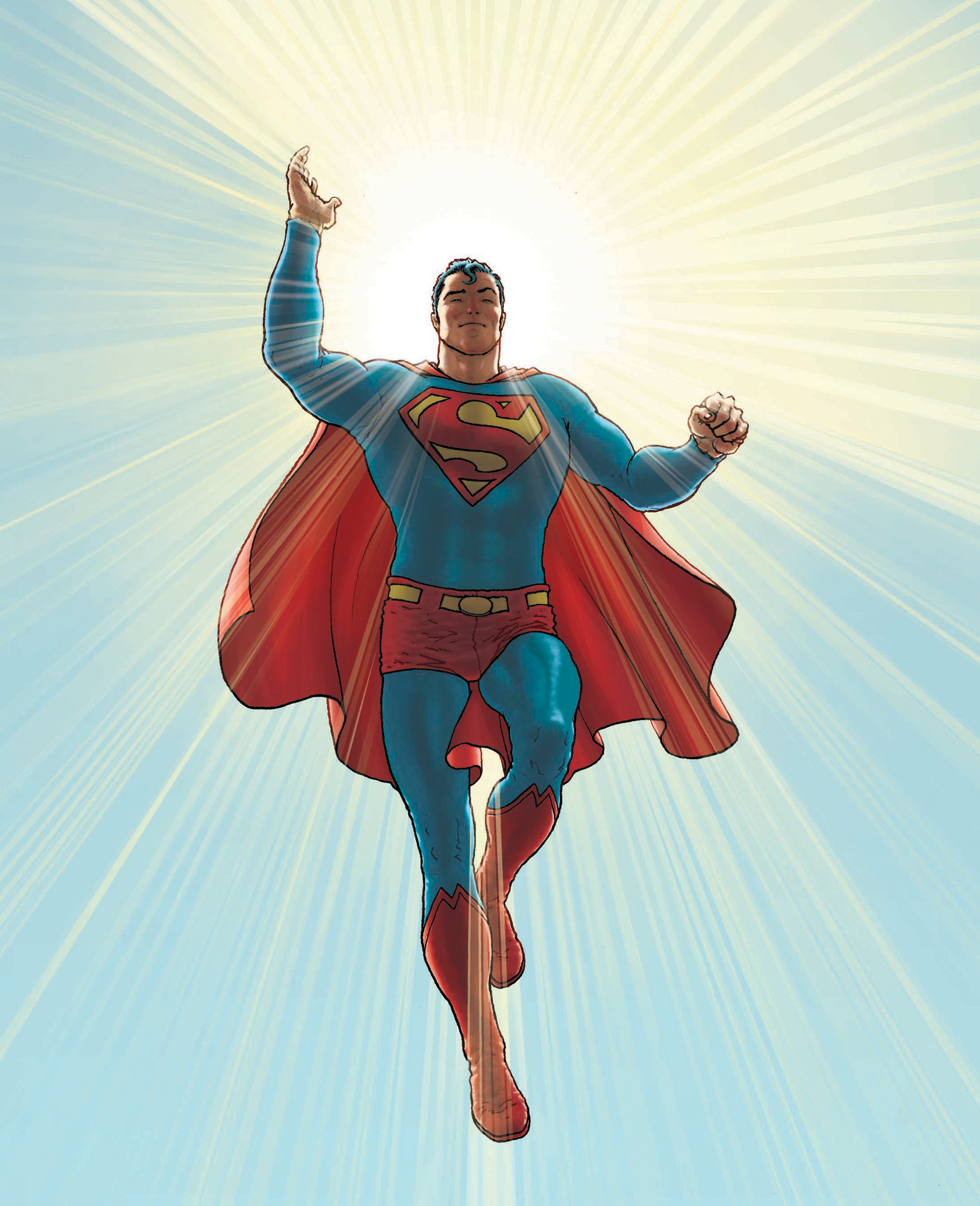
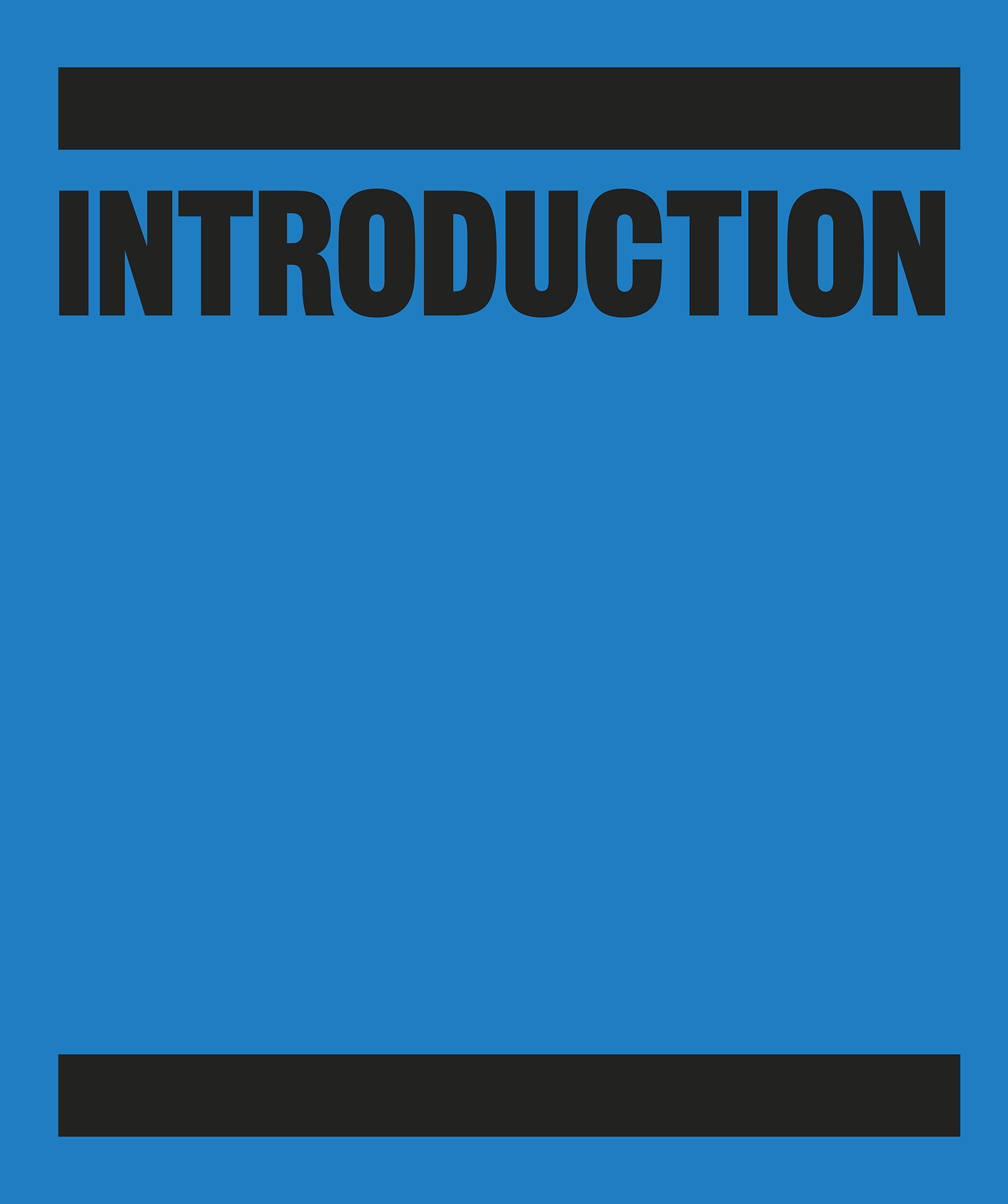

Industry leaders since comic books were born, DC has always sought new and thrilling ways to expand and enrich their business, the medium, and the art form. Built on character innovation and top talent, the inventors of Super Heroes have never rested on their laurels, pursuing fresh themes, novel formats, new media, and better ways to entertain its global audiences.
In 1933, during the Great Depression, print salesmen Max MC Gaines and Harry I. Wildenberg devised promotional premiums for stores to give away: booklets reprinting the eras hugely popular newspaper strips. Adding a price tag, these became a retail fixture with the 1934 release of Famous Funnies. Todays DC began in 1935 as National Allied Publications, conceived by former-soldier Major Malcolm Wheeler-Nicholson. While writing nonfiction and prose adventures, he gambled on Gainess invention and created a new kind of graphic entertainment.
Wheeler-Nicholsons inspiration was sidestepping the heavy costs of leasing established comics material. Popular strips were in limited supply and already spoken for, and his solution was original characters in new stories. Cover-dated February 1935, New Fun #1 showcased humor and serialized adventure strips, prose fiction, and features. Largely scripted by Wheeler-Nicholson, the tabloid-size anthology was edited by Lloyd Jacquetwho would later helm many of DCs rapidly proliferating imitators and rivalswith pages mostly filled by untried creators. New Fun #6 printed the debut works of writer/artist team Jerry Siegel and Joe Shuster: adventurer Henri Duval and ghost detective Doctor Occult.
However, despite lukewarm sales, the Major persevered, launching New Comics as 1935 closed. It contained the first comics contributions from women creatorsEmma C. Keen, Connie Naar, and Josephine Craigand eventually became Adventure Comics with issue #32 in 1938. When the company began struggling financially, Wheeler-Nicholsons main creditorsprinter Harry Donenfeld and accountant Jack L. Liebowitzstepped in. They partnered with the Major on his latest inspiration Detective Comics. A new single themed anthology comic book series that premiered with a March 1937 cover dated issue. 1938 would be a momentous year for the now Detective Comics Incorporated, as Donenfeld and Liebowitz would take full control of the company and, under editor Vin Sullivan, release a title that would change comic book history with something entirely new for their next release.
Aimed at vacationing school kids, Action Comics #1 launched on April 19, 1938, with the most outlandish cover and character ever seen. Who could believe a man in tights hurling automobiles around? The answer was everyone. ActionComics #1 was a monster hit, as was every issue that featured Superman. Siegel and Schusters Man of Steel became the companys touchstone and the industrys first breakout sensation. Soon costumed crusaders from other publishers flooded newsstands. The Super Hero genre was born!
Proudly adorning its covers with a Superman-DC logo, the company forged links to more established media. Superman joined the reputed ranks of newspaper strips on January 16, 1939; starred in his own radio series from February 12, 1940; and became a movie star in 17 dazzling Fleischer Studios animated shorts between 1941 and 1943. Superman arrived without fanfare to become perhaps DCs most emblematic and enduring icon on large and small screens to this day. Forever adding stars, DC scored another success on March 30, 1939, when, courtesy of Bob Kane and Bill Finger, The Batman premiered in
Font size:
Interval:
Bookmark:
Discussion, reviews of the book The DC Book and just readers' own opinions. Leave your comments, write what you think about the work, its meaning or the main characters. Specify what exactly you liked and what you didn't like, and why you think so.


